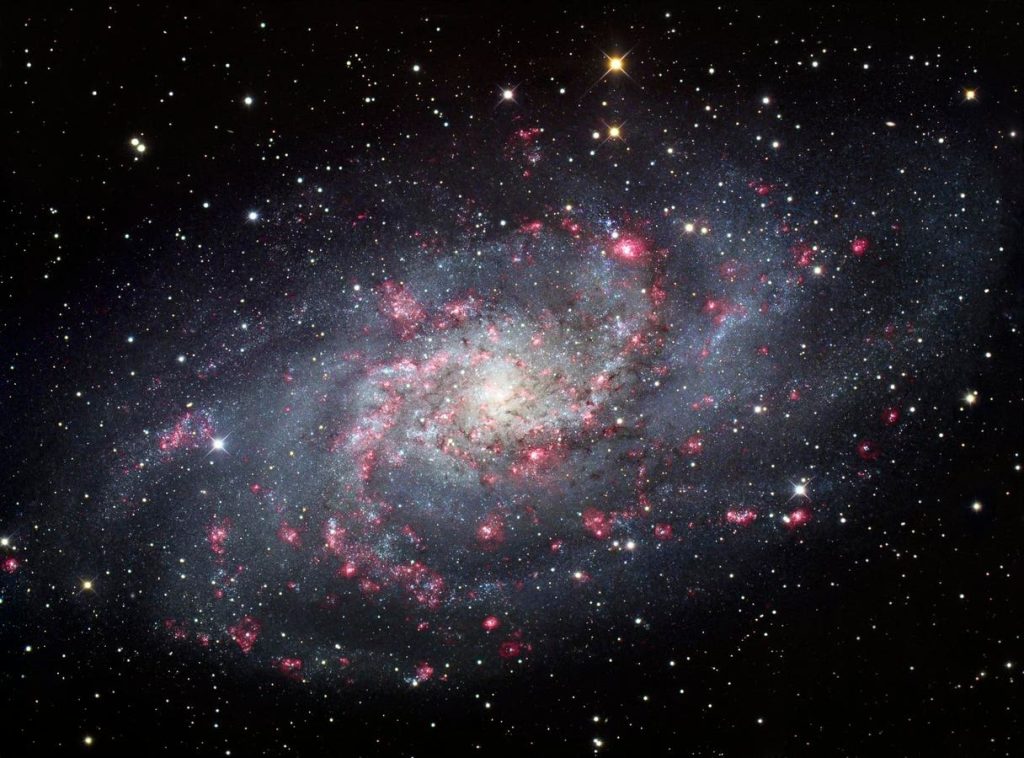Recent observations by NASA’s Webb Space Telescope confirm that star formation is occurring not only within the spiral arms of nearby galaxies but also in galactic spurs, which are extensions of gas, dust, and molecular clouds connecting the spiral arms. These observations, part of the international PHANGS project, are changing our understanding of star formation and the interstellar medium, thanks to Webb’s high sensitivity and ability to observe in the far infrared range.
Thomas Williams, lead author of the paper submitted to The Astrophysical Journal Supplement Series, notes that while most stars form in a galaxy’s disk, the new discoveries show that star formation is also happening outside the spiral structure of galaxies. The presence of galactic spurs has been seen in simulations of galaxies, but not in actual observations until now. It appears that spurs are common in different types of galaxies and play a role in ongoing star formation processes.
The structure of these spurs in continuously rotating galaxies remains unclear, with Williams suggesting that they are likely transient and move at the same speed as the galaxies. While the discovery of these spurs adds a new dimension to our understanding of galaxy formation, it also indicates that the processes of star formation and galaxy structure are more complex than previously thought. For example, the Triangulum Galaxy’s flocculant spiral arms show a different structure from the more defined arms of the Milky Way.
The formation of stars in galaxies begins with the creation of dust from exploding massive stars, providing a site for chemical reactions that lead to the formation of giant molecular clouds. The Webb telescope’s observations have allowed researchers to identify the very youngest stars being born in galaxies, some less than a million years old. With data from 19 galaxies in the first year and a plan to observe around 90 galaxies in total, researchers can catalog the spurs between spirals and study the earliest phases of star formation across different galaxy types.
While these new observations provide valuable insights into galactic star formation processes, there is still much to learn about how galaxies structure themselves and how this impacts ongoing star formation. By comparing observations with simulations, researchers like Thomas Williams hope to gain a deeper understanding of galaxy evolution and the factors influencing star formation in various galactic environments. With ongoing advancements in observational techniques, the study of nearby galaxies is expected to continue shedding light on these complex processes.


